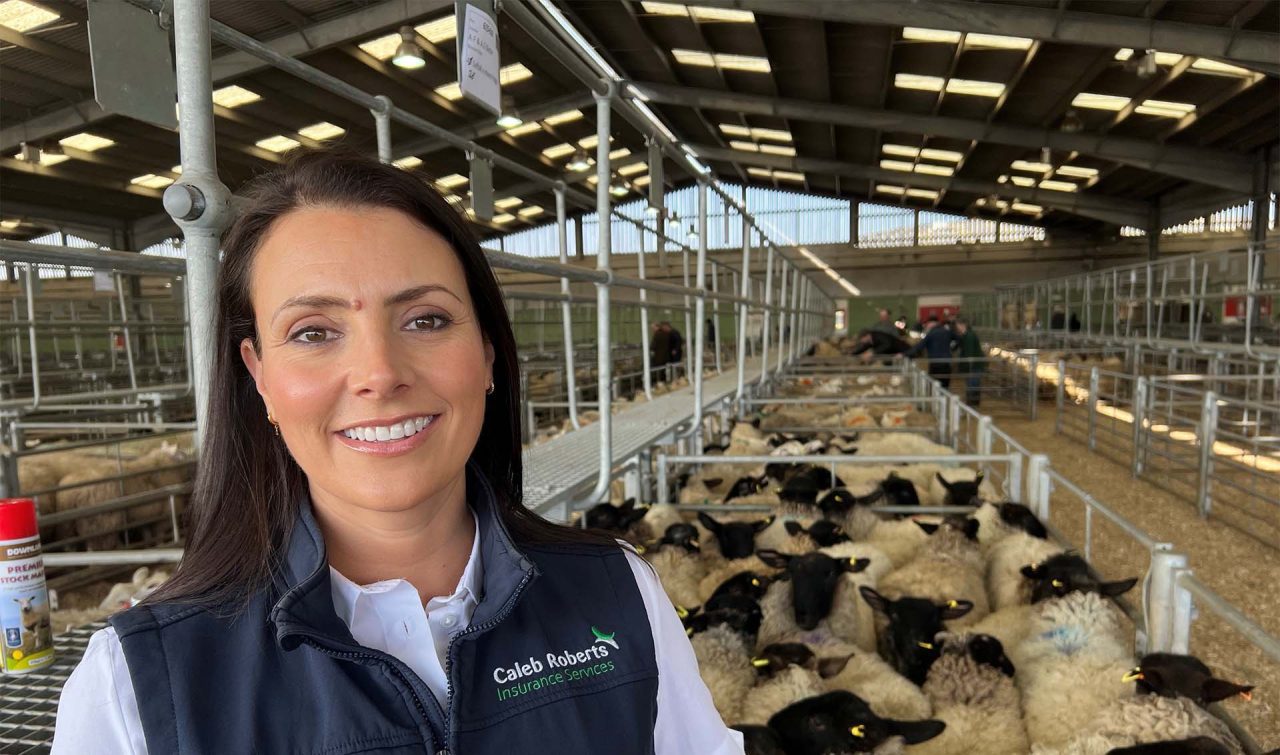Managing Safety: Cattle & Public Access

As the owner or occupier of land, you have a responsibility to manage the safety of the general public in fields, or on footpaths where users have a statutory right of access. This is particularly important if you keep any potentially dangerous livestock on land crossed by a public right of way, as the safety of members of the public is of paramount importance.
Regular investigations into incidents involving cattle and members of the public in England and Wales are well publicised, with some accidents leading to serious injury or even death. Most of these incidents take place in fields and enclosed areas and involve dog walkers and cows with calves.
By considering the amount and type of public access in areas of land that you manage, you can decide where livestock should be kept, what precautions you may need to take, and ultimately how to minimise any risk. This may involve carrying out a specific Risk Assessment.
Precautions to Take
Bulls of recognised breeds are banned from being in fields with public rights of way. These include recognised dairy breeds e.g., Ayrshire, Friesian, Holstein, Dairy Shorthorns, Guernsey, Jersey and Kerry.
You should always consider an animals’ temperament and if there are any signs of aggression or unpredictability, you should not keep the animal in a field with a public right of way.Beef bulls are banned from fields or enclosures with footpaths, unless accompanied by cows and heifers.If possible, when cows are calving, avoid putting them in fields with public access.Assess whether calves kept with a herd will affect the behaviour of older cattle.Consider erecting a temporary fence alongside a public right of way to keep the public and cattle separate.
Minimising Risk
Wherever possible keep cattle out of fields with public rights of way.
Check that fences, gates, stiles etc are fit for purpose and safe.Check that footpaths are clearly marked.Regularly check the temperament of cattle, fences, and surrounding areas.Plan how to safely move individual cattle, the whole herd, or part of it, from field to field.Ensure cattle handling systems are available should you need them.If bulls are on hire, lease, or loan, or if other cattle are new to the farm, check that they are suitable to keep in an area used by the public before putting them in such an area.
Even though you should have made every effort not to keep aggressive, or potentially aggressive animals in a field or area with public access, it is good practice to display signs informing the public when a bull, or cows with calves are in the area.
For further advice on farm safety, contact agricultural health & safety specialists CXCS on 01981 590514 or visit www.cxcs.co.uk. The HSE guide to ‘Cattle and public access in England and Wales’ can be viewed at www.hse.gov.uk/pubns/ais17ew.pdf . If you feel you need to review your insurance requirements contact Charlie Campbell at Caleb Roberts Insurance Services.



